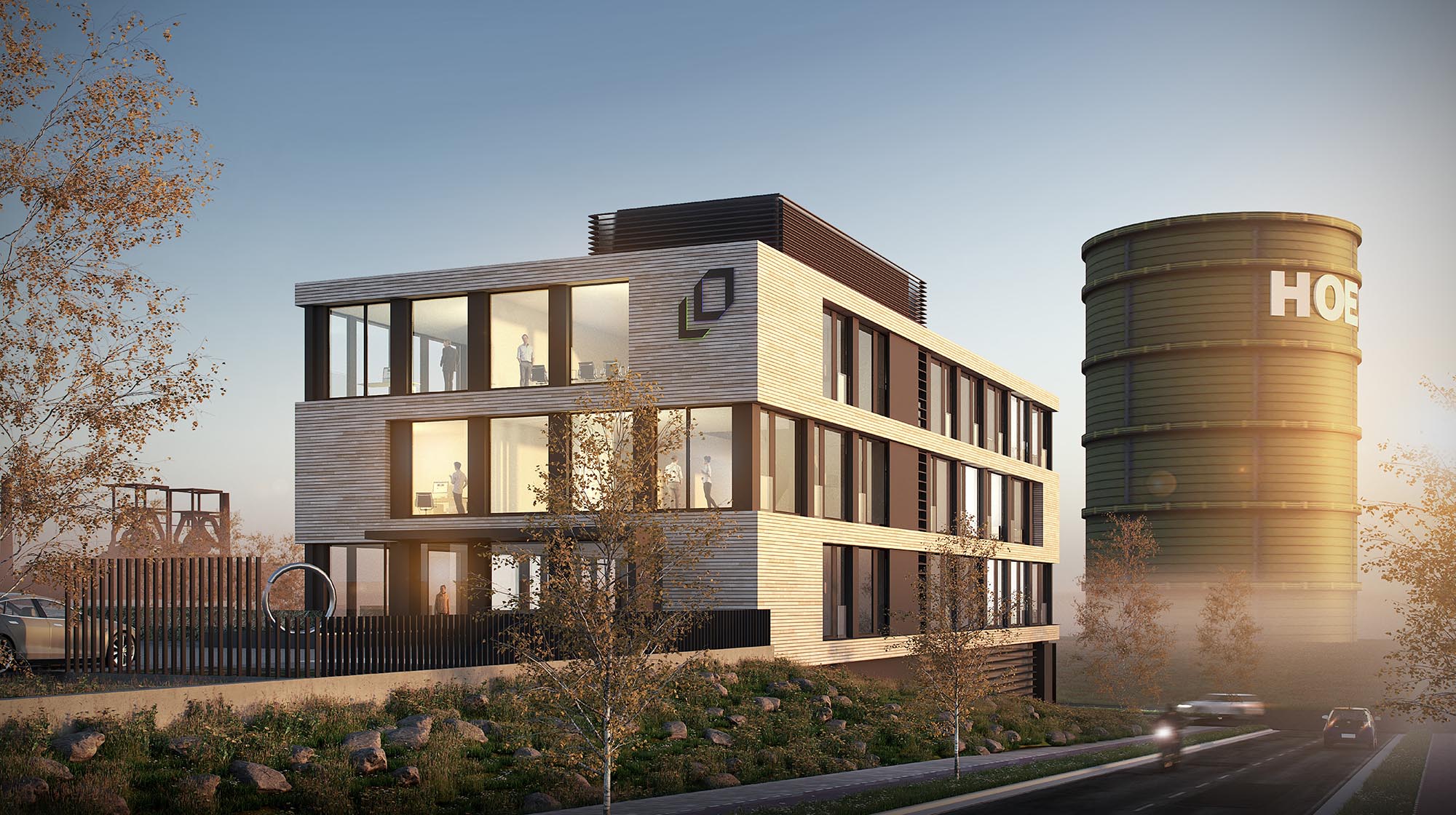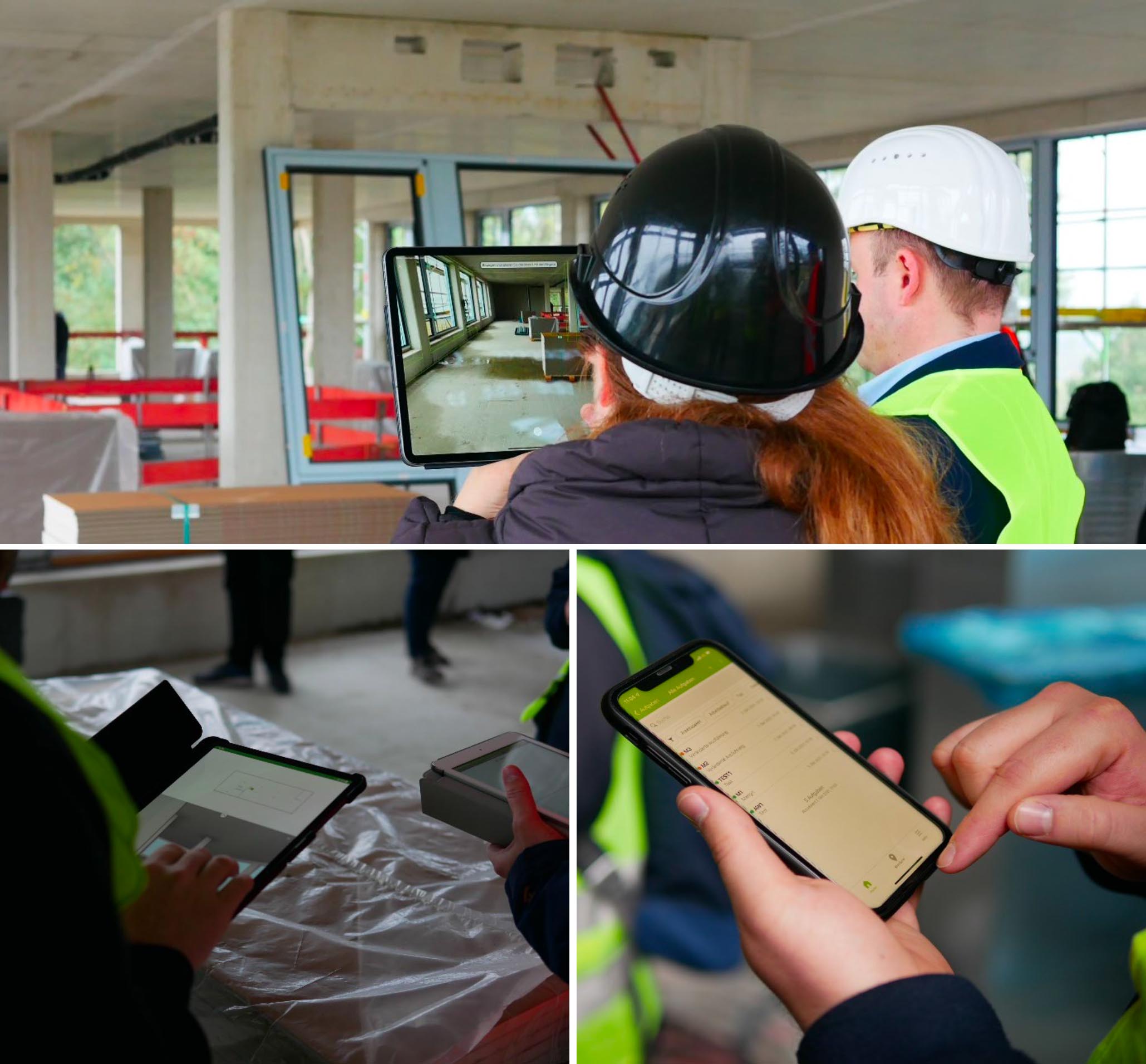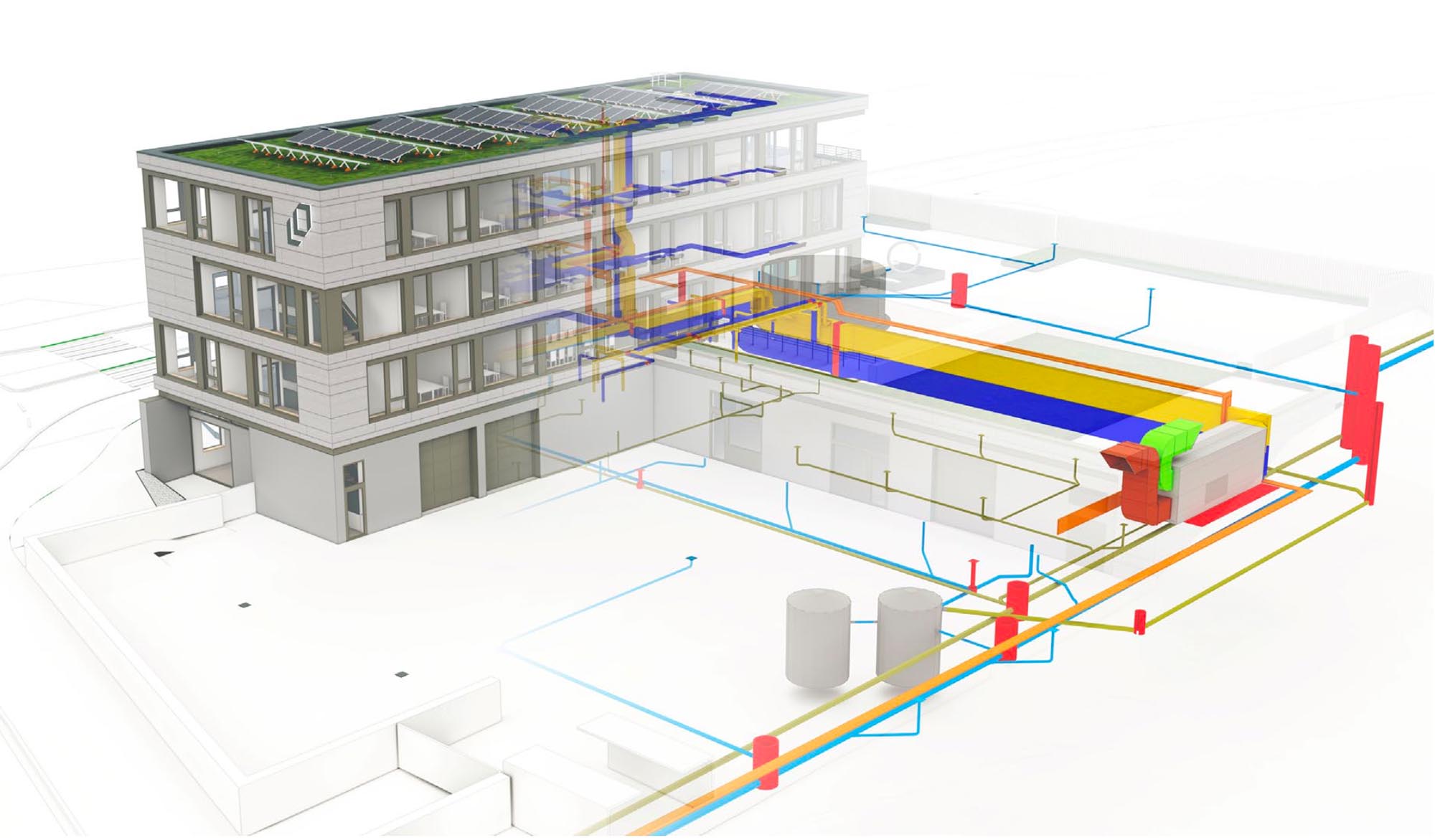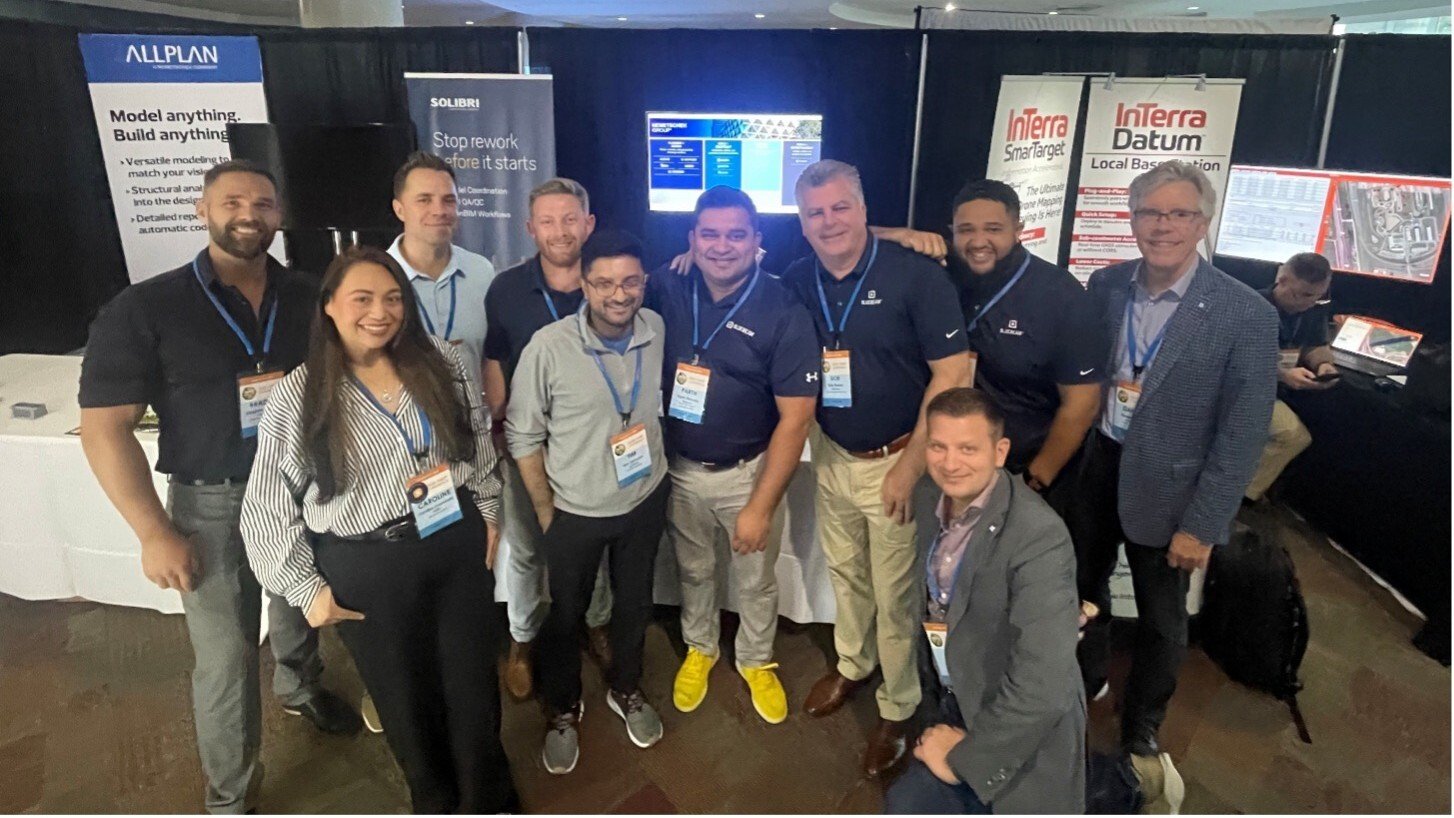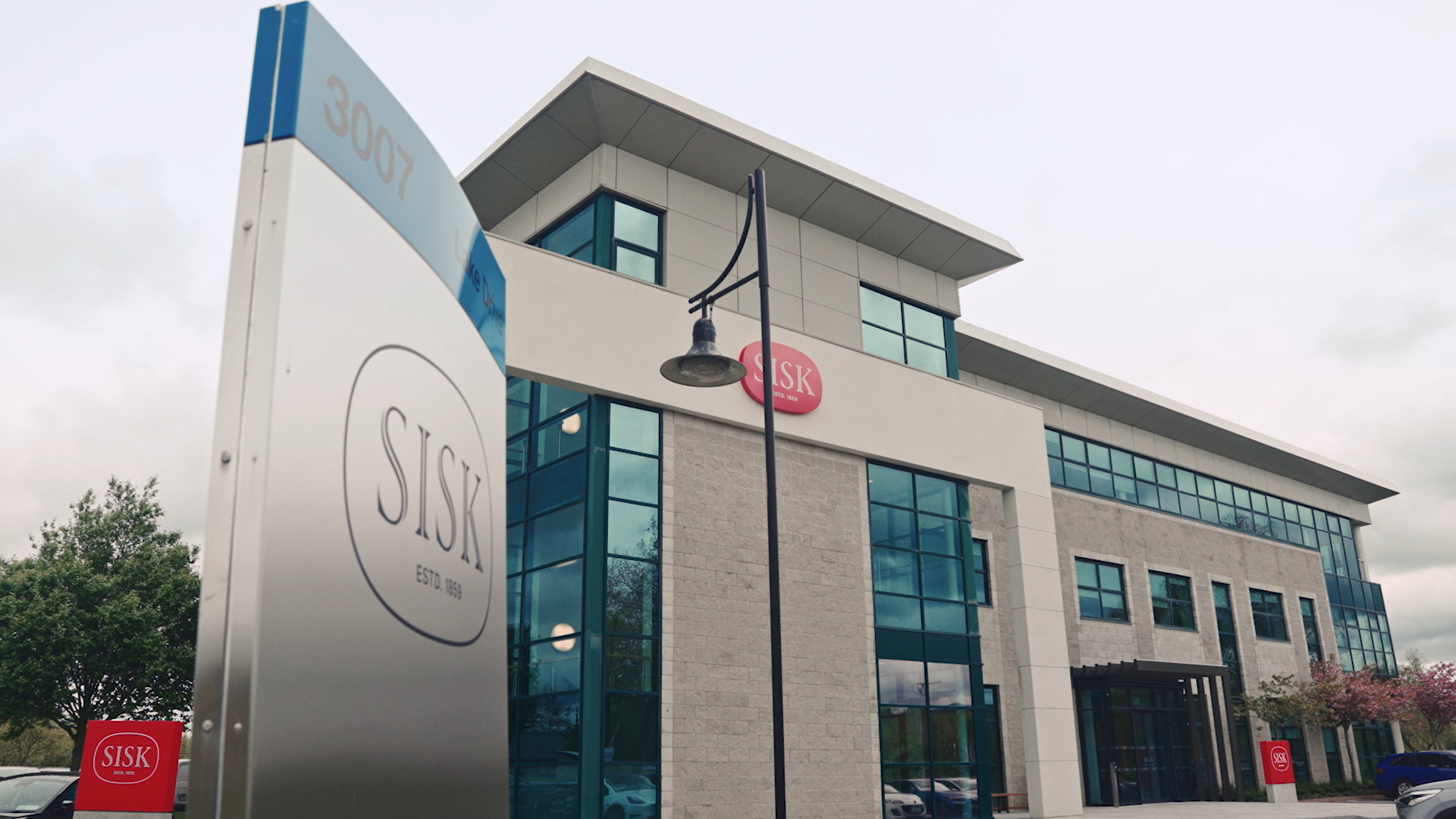The Digital Building Permit – A Dream Coming True?
The use of digital solutions along the entire construction lifecycle increases efficiency and sustainability while reducing costs. Unfortunately, in many countries those involved are still being held back by few or hardly digitalized construction permission processes. Here is a look at Germany and beyond.
Author
Tim Westphal
Journalist specialized in the AEC/O industry from Berlin, Germany
This article belongs to the collection OPEN BIM
To the topic pageBuilding Information Modeling (BIM) and an end-to-end digital construction process accel-erate the completion of a building enormously and provide cost and schedule reliability. That is true without question. But how realistic is an actual “end-to-end digital construction process” anyway? While there are now numerous digital solutions and approaches for plan-ning, constructing, and managing a building, there is unfortunately a hitch in the approval planning process, which finds its crowning glory in the building permit. The submission of the permit itself is still not very digital: vast quantities of folders and documents are carried by the architects' offices to the building offices every working day. There, their receipt is registered, they are given file numbers and distributed to the various departments, which check the rules of technology as well as the applicable building laws, recalculate the statics, and check the energy certificates. In Germany and Austria, this is still largely done in the same way. With the most standards and regulations in construction in the world – around 3,700 in Germany alone – digitalizing the building permit process is proving more difficult than elsewhere. But change is in sight: there are now pilot and research projects throughout the German-speaking world.
An Astonished Look Abroad
In Scandinavia, where BIM made its debut back in the 2000s, building permit processes have long been BIM-based. Finland and Norway are often cited as the ideal standard. Here, the permit is issued within a few weeks to months. Even there, the processing time cannot be generalized, because it always depends on the complexity of the building. Nevertheless, uploading an open IFC model on the basis of a digital platform and sending all the important proofs and documents, having them checked digitally for plausibility using software, and being able to make electronic queries quickly provides enormous benefits for all those involved and considerably minimizes personnel costs. In Singapore, for example, the processing time for a building project has been reduced to around three weeks – thanks to digital checking routines and specifications that have to be observed during modeling and subsequent submission. Since 2002, it has been possible to submit building permits digitally there. To be sure, Singapore is a small city-state, but it pursues enormously large construction projects – for which just eight employees are responsible (as of Fall 2022.)
Building Codes are Important – But They Reduce Innovation
The following applies to both Germany and Austria: building permits or building approval (AT) are matters for the federal states. However, the state building codes are all different, with 16 states in Germany and nine in Austria. Nevertheless, they are comparable or even identical in essential points. At this point, it becomes clear why the important harmonization and standardization for a BIM-based building permit is almost impossible in Hamburg as well as Munich or Graz and Vienna. If an inspection software is to qualitatively check different parameters and requirements, this is only possible with suitable programming that contains all specific inspection parameters and that is always supplemented by updates.
This is a big challenge, which fortunately has been solved pragmatically as well as efficiently (at least for Germany) by some providers in a first step: a building project can be comprehensively checked in Solibri, for example, based on the model building regulation. The individual adaptations of the respective federal states must then be worked out analogously, i.e. manually. This is not yet optimal, but it is a big step on the way to a BIM-based building permit. This is because a large number of rules and dependencies can be checked via the IFC-based “building permit model”. The time saved by its widespread use in all building offices would be enormous and the quality of planning would increase immensely.
BIM-based Building Permits in Dortmund
At the moment, all of the above is still an aspiration rather than reality. However, there are some extraordinary pilot projects that are making people sit up and take notice. For example, Prof. Markus König from the Ruhr University in Bochum, in collaboration with the city of Dortmund and private builders and the planning architectural firm, DA Drahtler Architekten, was able to prove for the first time that their BIM-based building permit, its review, and a digital building permit are no longer a pipedream. The commercial building for Louis Opländer Heizungs- und Klimatechnik GmbH was supported by the state of NRW and has since been widely published. The automated checking and evaluation of model-based information from the architects’ IFC model, the processing of applications without media discontinuity, and an accelerated checking process are the important goals for the future here. The results are to be verified in further projects and the processes in the building offices are to be adapted. Added to this is the equipment with new technology: it must be possible to both view and check a BIM model in the building office. The same applies to a BCF file with comments on a problem in the project. And, the employees in the offices must be trained and introduced to the topic of BIM and building permits.
Digital Submission in the BRISE Project in Vienna
The BRISE project in Vienna is pursuing a similar goal. Various architecture firms here have also submitted their BIM-based projects digitally in the early summer of 2022. They are currently under review by the relevant authorities in the Austrian capital. The EU-funded project, BRISE (Building Regulations Information for Submission Envolvement) combines BIM methods, artificial intelligence (AI), and augmented reality (AR) to create a digital approval process. The project partners include the Vienna University of Technology, the City of Vienna and the Chamber of Civil Technicians, Architects, and Engineers. BRISE also aims to reduce the bureaucracy of the building inspection process. Approval processes are to become faster and more efficient in the future. The project is scheduled to be completed in August 2023.
Keep Going, but Quickly and with the Necessary Standards
In order to noticeably accelerate planning and building in the near future, there is no way around the digital and BIM-based building permit. The digital building permit based on a PDF submission is already making the process noticeably easier. It is used in various federal states, cities, and municipalities in Germany and Austria. But here, too, the same applies: the inspection is still analog as well as manual and not based on an automated routine in an inspection program. So, it is a matter of “staying on the ball” and developing the necessary standards and norms that enable a BIM-based building permit process. And before there is any indignation about the even greater number of norms and standards, these certainly make planning and submitting building permits easier and do not complicate them further – unlike some of the building standards of recent years.


